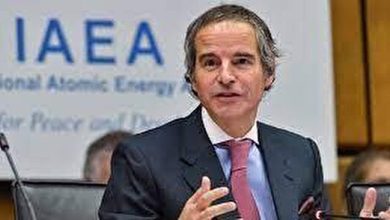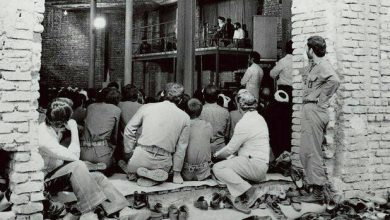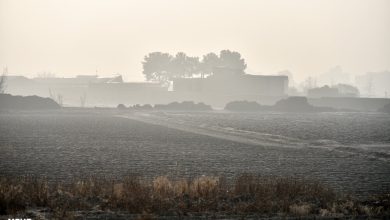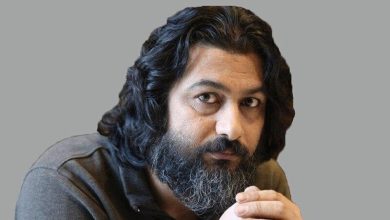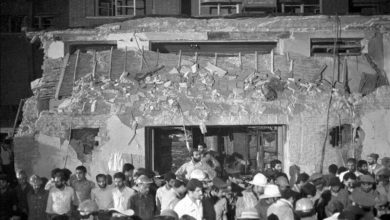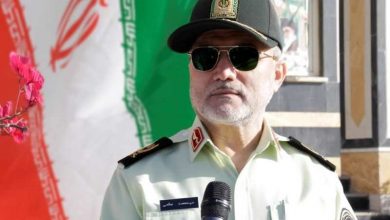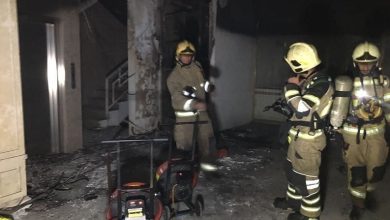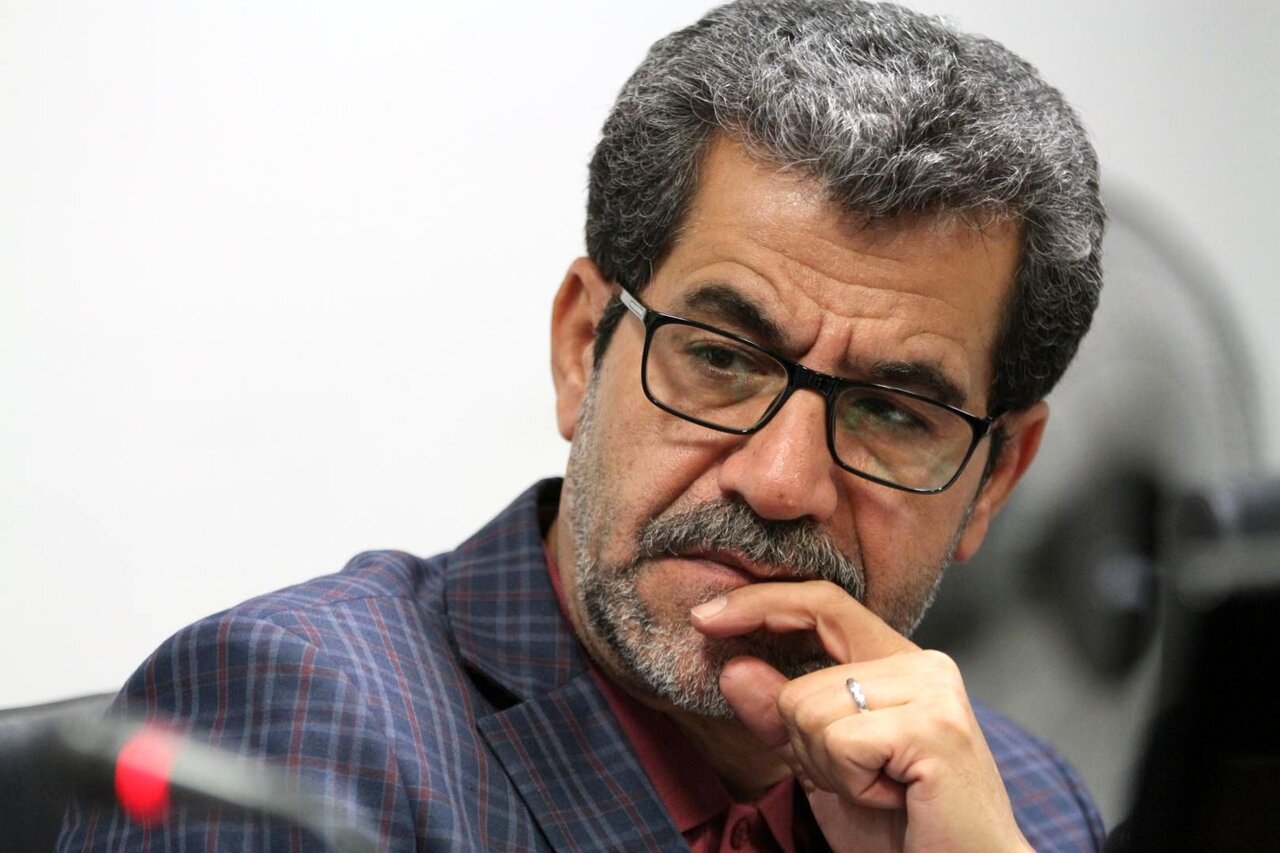

Some news and reports say that new hopes have emerged, and immediately other news tells of the continuation of the freeze in this regard. Mystery is associated with invisibility, which politicians have always had as a constant feature of their behavior and rhetoric. Therefore, observers’ predictions of what is happening do not outweigh speculation.
Tehran and Washington, despite the emergence of indications of a joint effort to control the conflict to the maximum extent of the crisis, prefer to stay away from media disputes and put “hidden diplomacy” on their agenda. For example, the talks that are said to be held indirectly in Muscat (the capital of Oman) and directly in the United Nations (New York) cannot be limited to the exchange of prisoners between the two sides. The truth is that the issue of prisoners has always been the result of differences and conflicts between Tehran and the West. Any openness in this regard has brought with it new consequences. Therefore, when it comes to starting the process of normalizing the situation, it is necessary to take into account all the coordinates of the differences that led to the current long-term tension. This is the condition previously stressed by Tehran and the Western parties. It means either negotiating to agree on everything or not agreeing to anything.
The question now is whether the parties have focused their discussions within the framework of all the differences? Or try, with some unknown outcome, to figure out how to continue the frozen state without risking approaching a boiling point beyond the control of all parties? Although Tehran has taken one of its most important steps in easing tensions by giving the green light to the International Atomic Energy Agency for active cooperation, this important step is still unable to bridge the gap between Tehran and the West until relations are normalized. For the resumption of nuclear talks – which will undoubtedly be different from what led to the Joint Comprehensive Plan of Action agreement in 2015 – Westerners have described resolving the differences between Tehran and the IAEA as a prerequisite for starting any new talks. But, in their view, the new talks should include matters including Iran’s plans for deterrence policies against military threats and its foreign policy stances. In this case, would Tehran give in to such a request?
Some observers may believe that Tehran’s green light to the International Atomic Energy Agency is the beginning of Tehran’s gradual flexibility in its foreign relations – especially with the West. This idea is possible when we witness events that are not likely in this regard. It is clear that Tehran cannot or simply will not be able to sell its deterrence policies with mirage-like promises and expose itself to damages and risks that could quickly turn into threats against the entire political system.
What is happening now is not only in the interactions between Tehran and the West. Whether it is the International Nuclear Agency or talks with Washington and some European governments, this does not mean trying to “normalize” relations. This is the same mistake that some observers and the local media feel. In political science, concepts such as “normalization,” “de-escalation,” and “peaceful coexistence” are very different. Perhaps the “de-escalation” is the closest explanation in the interactions between Tehran and some of its neighbors in the Middle East and the Persian Gulf region. However, what is currently taking place between Tehran and the West, especially the United States, is a two-way work to “control tension” and avoid the crisis from intensifying to a “boiling point”. Will this effort lead to the end of “stress relief” in relationships? The joint business model between “Riyadh and Tehran”, which was created through Beijing, is still far from what is expected in relations between “Tehran and the West”. They both continue to show claws and teeth to each other. The most important question is what gifts should Westerners, especially Washington, sell to convince Tehran? Do they still define de-escalation and even normalization of relations with Tehran as one direction? How flexible will Tehran be? All of the aforementioned cases, which are not necessarily limited to the nuclear issue, have a veil of ambiguity in the course of the current negotiations.
It is clear that Tehran and Washington, with the approval of their European allies, started the initiative of dialogues, the initial results of which appeared in declaring Tehran’s active cooperation with the nuclear agency, releasing part of the freezing of Iran’s assets, and delusions of agreements to release prisoners of dual nationality. However, the two sides continue to outdo each other in their advertising; Although they secretly talk to each other. It appears that the preference of both parties is to maintain secrecy until the outcome is known. Therefore, predictions about this matter can remain speculative.
